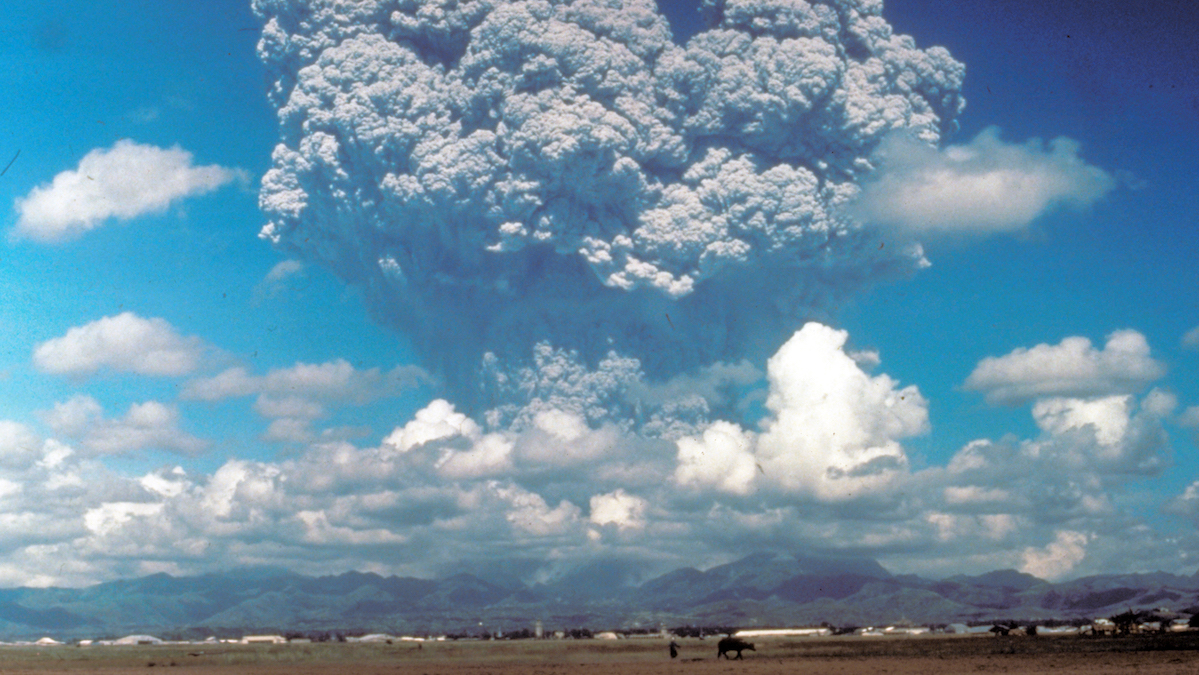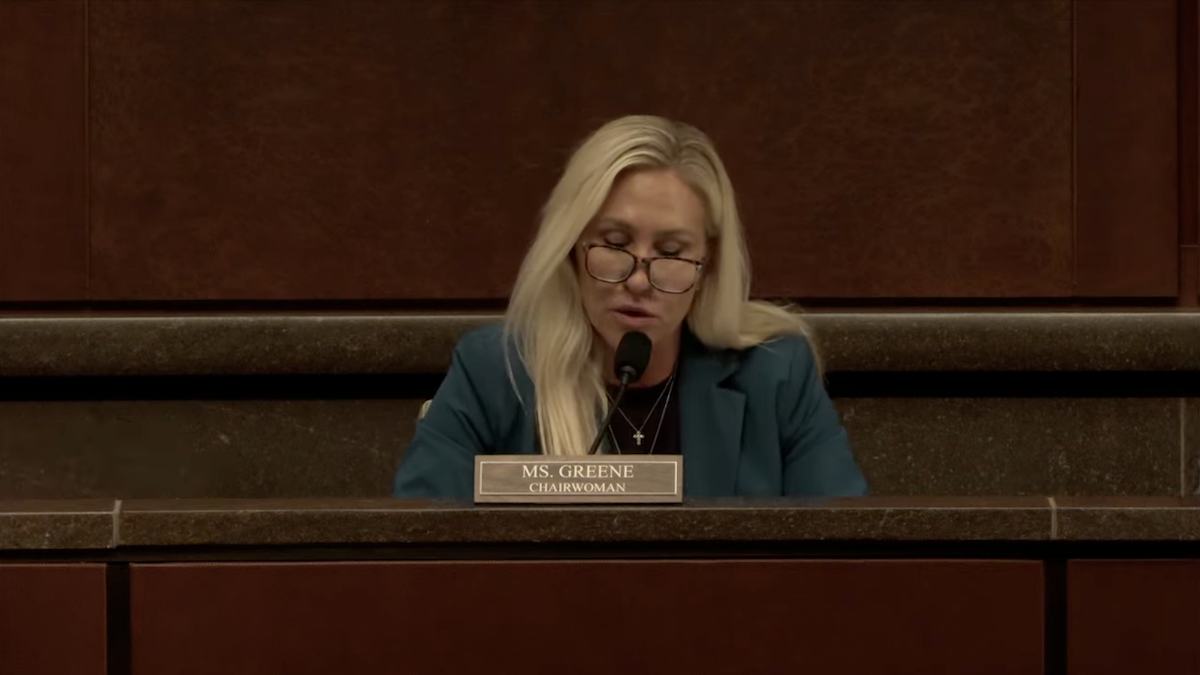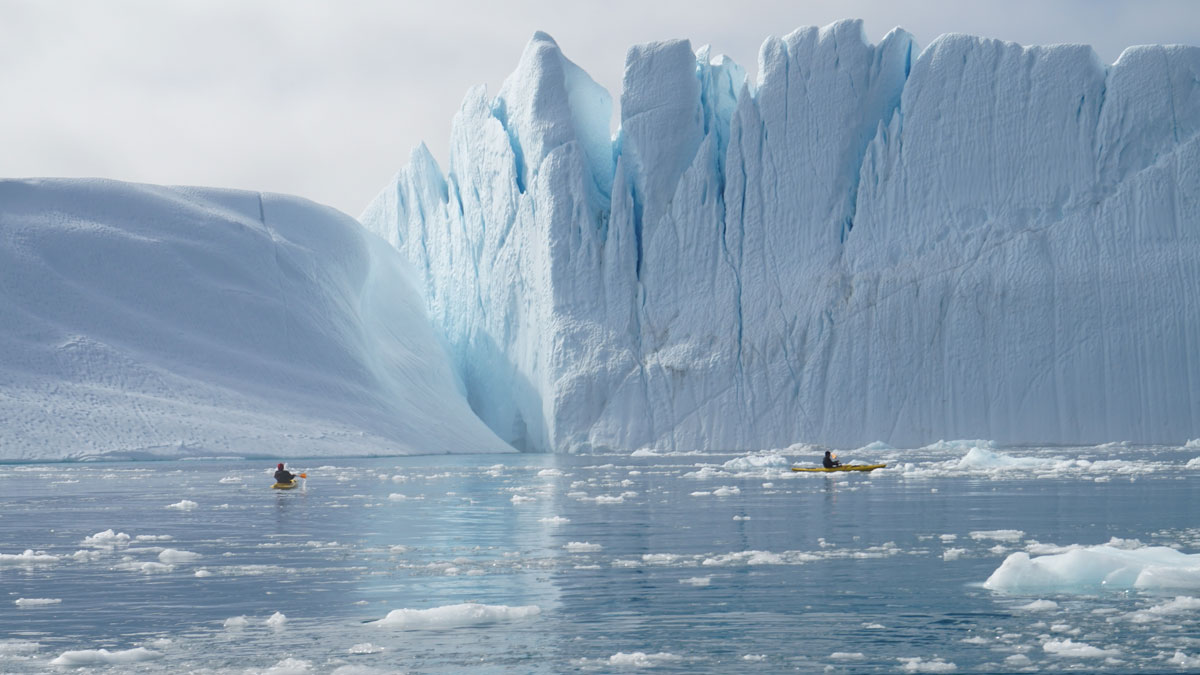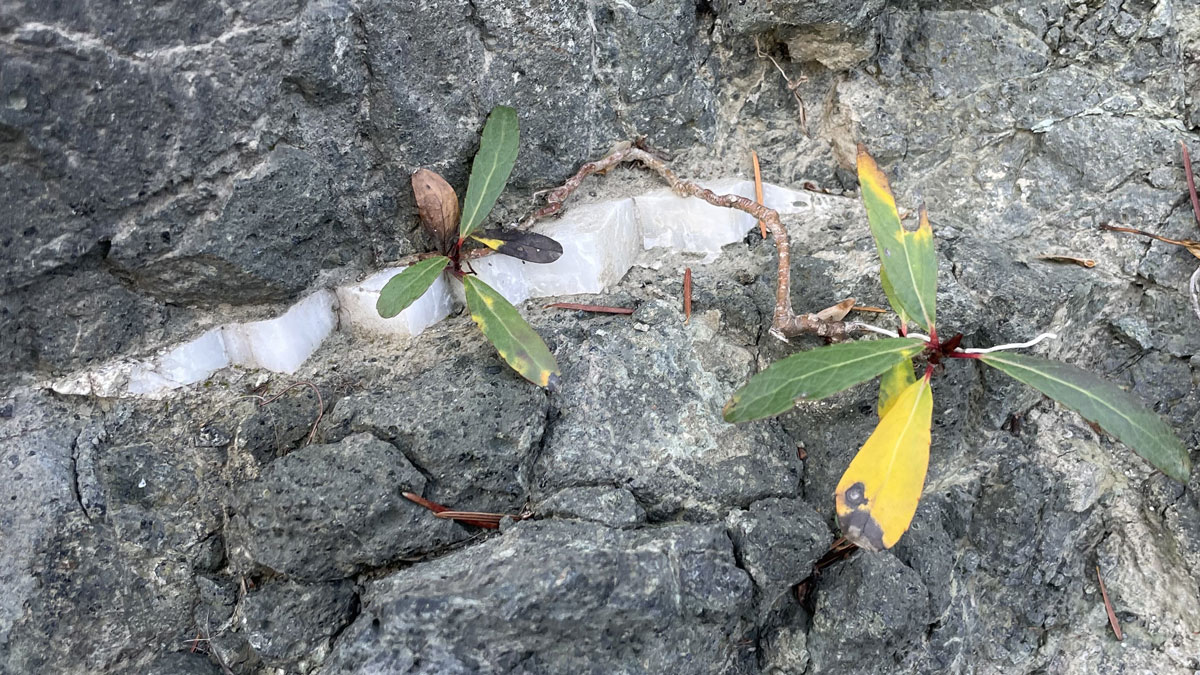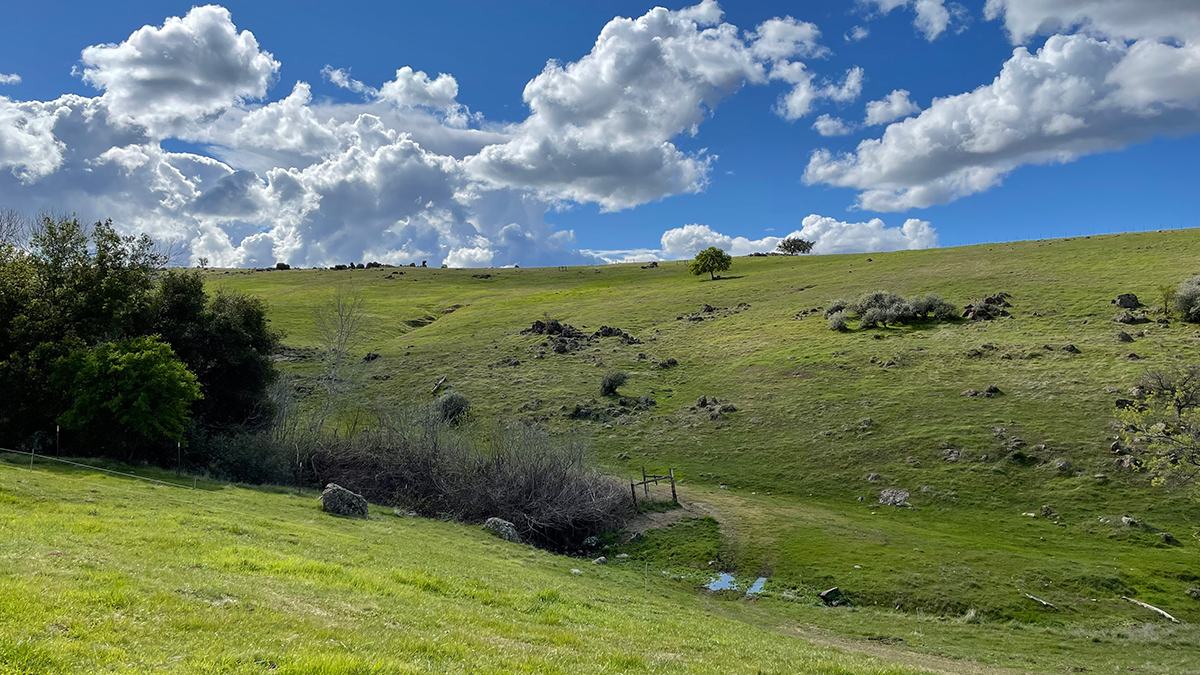Asymmetric volcanic plumes may shift equatorial weather patterns and increase tropical stream flow, according to new simulations.
geoengineering
Geoengineering Fears on Display at Congressional Hearing
Misunderstandings and disinformation abounded at a 16 September hearing of the Subcommittee on Delivering on Government Efficiency about geoengineering—efforts to alter Earth systems for the purpose of mitigating climate change.
Underwater Glacier-Guarding Walls Could Have Unintended Consequences
Although they would likely impede the warm currents that melt glaciers, such walls would also likely block fish migration and nutrient upwelling, harming marine ecosystems and Greenland fisheries.
Verdaderas soluciones climáticas están debajo de nosotros
Es momento de aceptar que el almacenamiento duradero de carbono en el subsuelo, junto con la reducción de emisiones, debe ser parte del plan para mitigar los efectos del cambio climático, y las geociencias deben desempeñar un papel central.
Real Climate Solutions Are Beneath Us
It’s time to accept that durable subsurface carbon storage, along with emissions reductions, must be part of the plan to mitigate the effects of climate change—and geoscience must play a central role.
Compost and Biochar Could Boost Carbon Sequestration by Crushed Rock
Crushed rock additives may also help decrease soil emissions of other greenhouse gases, such as nitrous oxide and methane.
¿Cómo podrían las estrategias de intervención climática solar afectar a la agricultura?
Los métodos de geoingeniería, como la inyección de aerosoles estratosféricos, prometen limitar el calentamiento, pero entre los muchos riesgos y preocupaciones potenciales, sus repercusiones en la agricultura permanecen en gran medida inexploradas.
太阳辐射干预策略如何影响农业?
地球工程方法,如平流层气溶胶注入,有望抑制气候变暖,但存在许多潜在风险和担忧,其中它们对农业的影响在很大程度上仍未得到探索。
How Could Solar Climate Intervention Strategies Affect Agriculture?
Geoengineering approaches such as stratospheric aerosol injection hold the promise of limiting warming, but among the many potential risks and concerns, their impacts on agriculture remain largely unexplored.
Glacier Intervention Research Isn’t Just for Glaciologists
Prospects for mitigating sea level rise by slowing flows of glacial ice into the ocean are worthy of research, but this work must involve all rights holders and stakeholders.

